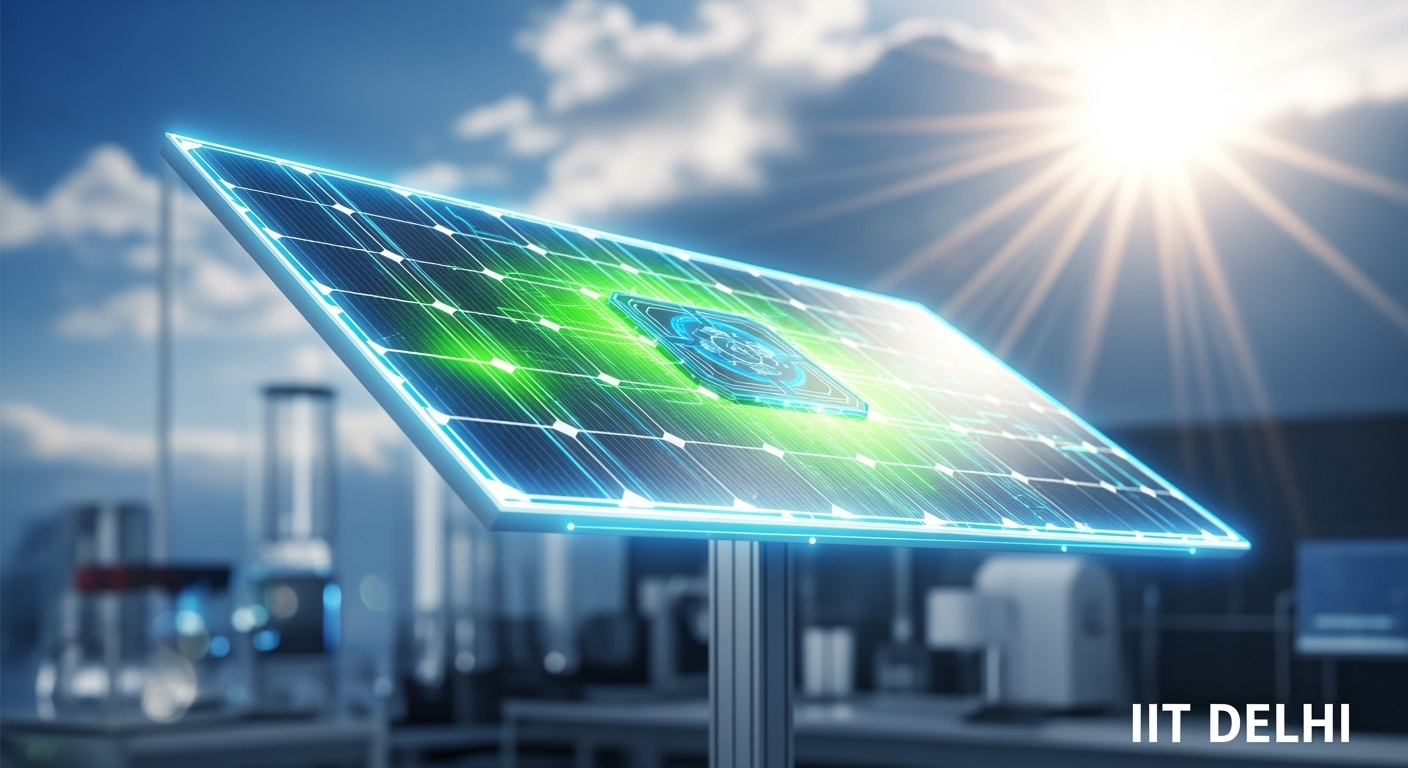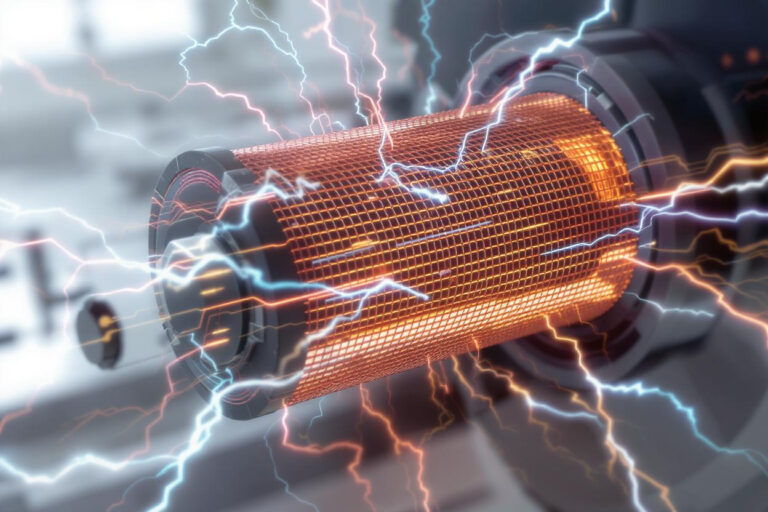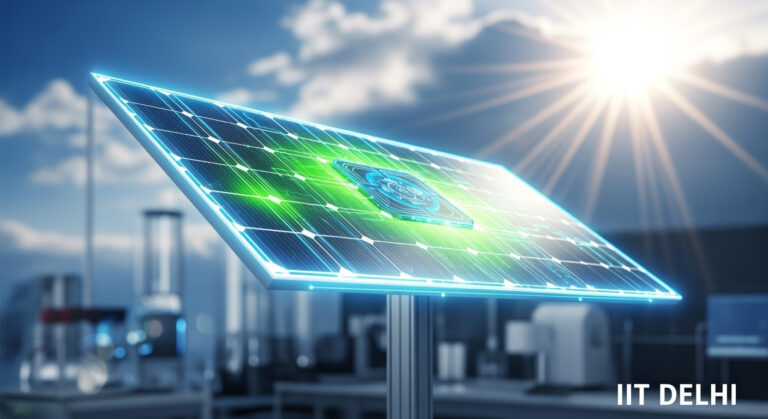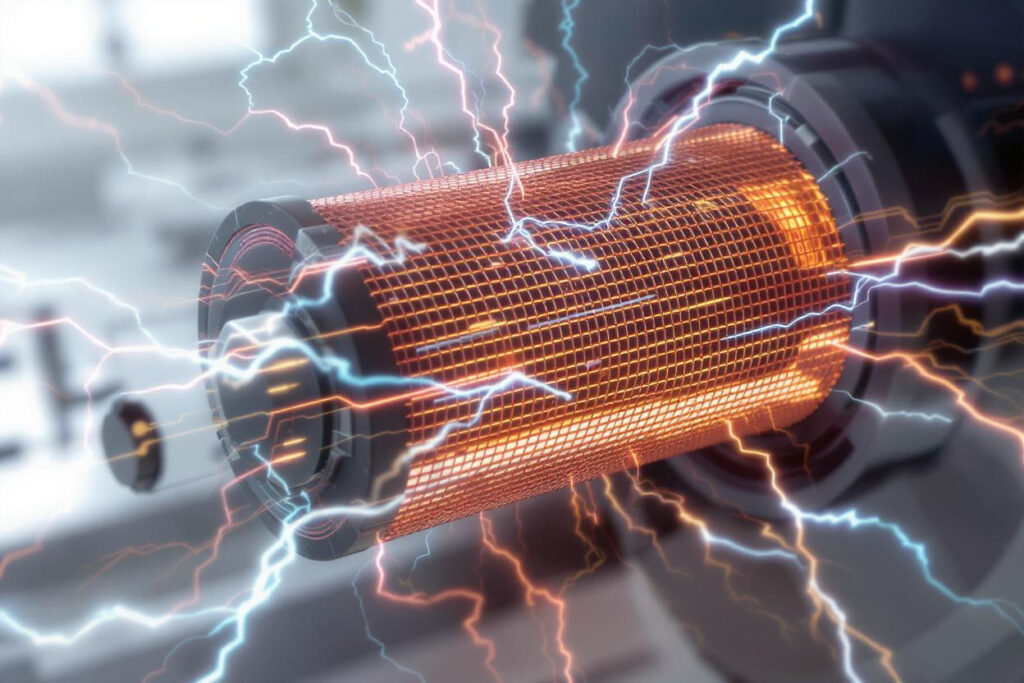The race to harness solar energy more efficiently has taken a significant leap forward, thanks to pioneering research from the Solar Photovoltaics group at the Department of Energy Science and Engineering, IIT Delhi. The team has successfully developed high-efficiency silicon heterojunction (SHJ) solar cells, achieving a remarkable power conversion efficiency of over 23%—a milestone that puts India on the global map for advanced solar technology.
What Are Silicon Heterojunction (SHJ) Solar Cells?
Silicon heterojunction (SHJ) solar cells represent the next generation of photovoltaic technology. By combining crystalline silicon with thin layers of amorphous silicon, SHJ cells offer superior efficiency, especially under high-temperature conditions. This makes them ideal for India’s climate, where traditional silicon solar cells often lose efficiency in the heat.
Key Advantages of SHJ Technology:
- High Efficiency at Elevated Temperatures: Maintains performance even in hot climates.
- Low-Temperature Fabrication: Simplifies manufacturing and reduces energy consumption.
- Bifacial Light Absorption: Can absorb sunlight from both sides, increasing energy yield.
- Simple Process Steps: Streamlines production, making it scalable for industry.
IIT Delhi’s Breakthrough: Over 23% Efficiency
The IIT Delhi team’s latest SHJ solar cells, fabricated on a 4 cm² area, have achieved:
- Power Conversion Efficiency: >23%
- Fill Factor: ~81%
- Open Circuit Voltage: ~735 mV
These figures are not just numbers—they represent a quantum leap in solar cell performance, especially when considering the challenging Indian environmental conditions.
The Journey: From 8% to 23% Efficiency
The project began as a modest collaboration with Bharat Heavy Electricals Limited (BHEL) and evolved into an indigenous research effort. Starting with an in-house developed PECVD (Plasma Enhanced Chemical Vapor Deposition) system, the team consistently improved cell efficiency from around 8% to the current 23%, thanks to continuous innovation and access to state-of-the-art laboratory equipment.
Behind the Breakthrough: The Team and Support
This achievement is the result of years of dedication by a talented group of students, postdoctoral researchers, and faculty, led by Prof. Vamsi Krishna Komarala. Key contributors include Dr. Son Pal Singh, Dr. Sourav Mandal, Dr. Ashutosh Pandey, Ms. Shrestha Bhattacharya, Dr. Jagannath Panigrahi, Mr. Shahnawaz Alam, Mr. Silajit Manna, Ms. Honey Sharma, and Ms. Manisha.
The project received crucial funding and infrastructure support from:
- Institute of Eminence Grant
- IIT Delhi’s Central and Nanoscale Research Facilities
- Solar Challenge Award Grant
- Technology Mission Division, Department of Science and Technology (DST), Govt. of India
Looking Ahead: Towards Industrial-Scale SHJ Solar Cells
While IIT Delhi’s SHJ cells are approaching the international efficiency benchmark of >24% for small-area cells, the team is already working on scaling up the technology for industrial-sized solar cells. This could pave the way for mass production of high-efficiency solar panels made in India, accelerating the country’s transition to clean energy.
Why This Matters: Impact on India’s Solar Future
India has set ambitious renewable energy targets, and innovations like IIT Delhi’s SHJ solar cells are critical to achieving them. Higher efficiency means more electricity from the same sunlight, reducing land use and installation costs. The ability to fabricate these cells at lower temperatures also makes the process more sustainable and cost-effective.
Further Reading and Research
For those interested in the technical details, the group’s research has been published in leading journals:
Conclusion
IIT Delhi’s development of >23% efficient silicon heterojunction solar cells marks a significant milestone for Indian solar research and the global renewable energy sector. As the team pushes towards industrial-scale production, these innovations promise a brighter, cleaner, and more energy-secure future for India and the world.
Check out the cool NewsWade YouTube video about this article!
Article derived from: Delhi, I. (n.d.). IIT Delhi Researchers Develop High-Efficiency Silicon Heterojunction (SHJ) Solar Cells with Power Conversion Efficiency of >23%. https://home.iitd.ac.in/show.php?id=69&in_sections=Research
















